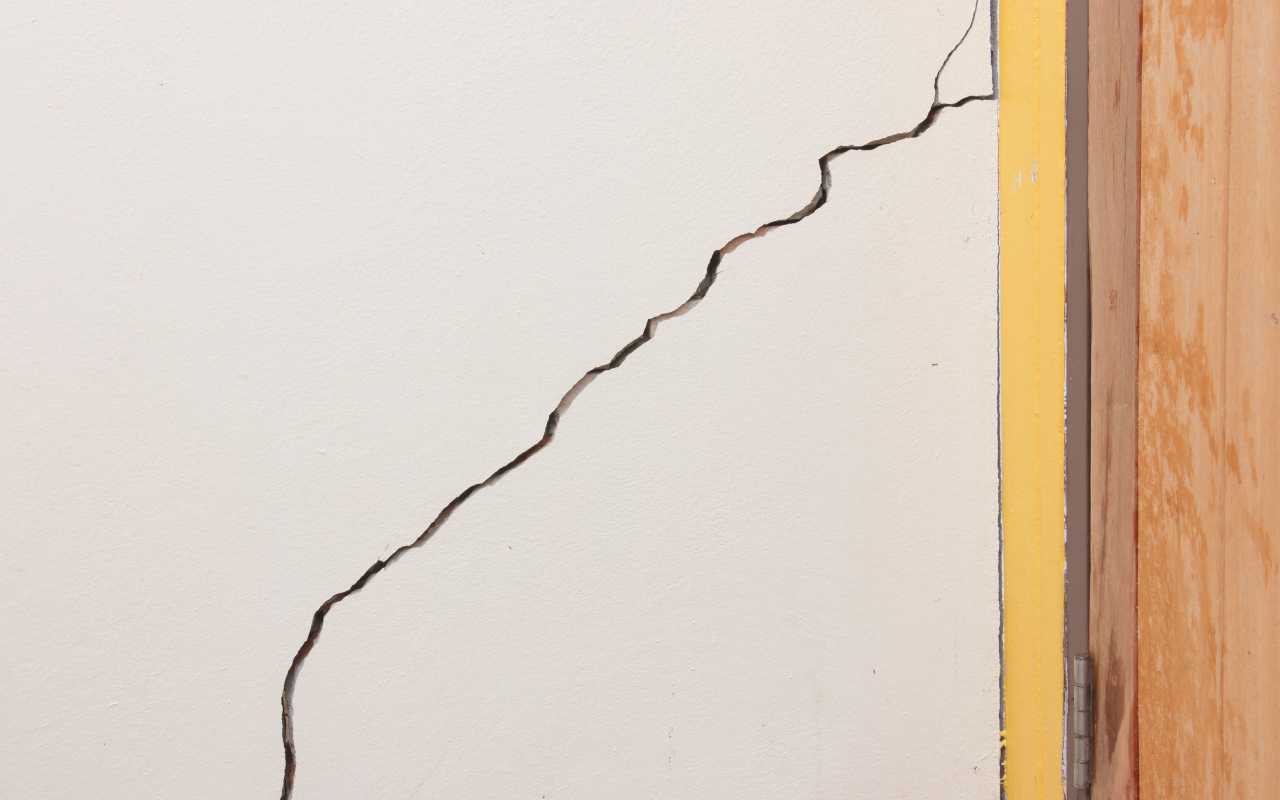
- Sat, 27 Jan 2024
- Maya Construction 1 Inc.
Stucco Cracks When to Worry: Understanding the Signs
When it comes to stucco cracks when to worry, it’s crucial to catch the early signs. Stucco, a popular exterior finish, is known for its durability and aesthetic appeal. However, it’s not immune to damage.
Small hairline cracks might initially seem harmless but can indicate underlying issues. In this blog, we’ll dive into the types of stucco cracks, their causes, and when you should be concerned. By staying informed, you can take timely action to protect your home’s exterior.
This knowledge not only helps in maintaining your property’s value but also ensures its safety and longevity. Let’s explore the world of stucco cracks together and learn how to identify when it’s time to worry and seek professional help.
Understanding Stucco Cracks When to Worry
Stucco, a mix of cement, lime, and sand, graces many homes with its versatile finish. But, when cracks appear, it’s essential to understand their nature. Not all cracks signal trouble, but some do. Let’s break down the types of stucco cracks, their causes, and when to take action.
Types of Stucco Cracks
- Hairline Cracks: These are thin, superficial cracks that often occur due to the natural settling of a house. Generally, they’re only a cause for concern if they widen over time.
- Spider Cracks: Resembling a spider’s web, these cracks can spread across a surface. They usually result from improper stucco application or drying.
- Structural Cracks: Wider than 1/16 inch, these cracks may indicate severe structural issues. They require immediate attention.
- Diagonal Cracks: Often starting at windows or doors, oblique cracks can signal a problem with the foundation.
Understanding the type of crack is the first step in addressing the issue.
Causes of Stucco Cracks
Several factors can lead to stucco cracks, including:
- Weather Conditions: Extreme temperatures and moisture can cause stucco to expand and contract, leading to cracks.
- Improper Installation: Errors during the stucco application process can result in weak spots and cracks.
- Building Movement: Natural settling or seismic activity can create stress points, causing cracks.
- Water Damage: Persistent moisture can weaken stucco, making it prone to cracking.
Identifying the cause is crucial for the proper fix.
Preventing and Repairing Stucco Cracks
Prevention Tips:
- Ensure appropriate installation by hiring experienced professionals.
- Regularly inspect stucco for early signs of damage.
- Maintain gutters and downspouts to prevent water accumulation.
Repair Strategies:
- Small hairline cracks can often be sealed with a high-quality caulk to prevent water intrusion.
- Larger cracks may require patching with a stucco mix followed by painting for a uniform appearance.
- Structural cracks need a thorough assessment by a professional to address the underlying issue.
When to Worry and Seek Professional Help
While minor cracks can be a DIY fix, certain signs should prompt you to seek professional help:
- Cracks wider than 1/16 inch
- Cracks that reappear after repair
- The presence of moisture or leaks inside the house
- Large, gaping cracks indicating structural damage
Professionals can offer a complete evaluation and tailored solutions to ensure your home’s safety and integrity.
Expert Stucco Solutions from Maya Construction 1 Inc.
At Maya Construction 1 Inc., we understand the concerns that come with stucco cracks. Our team of experts is equipped to tackle any stucco issue, ensuring your home remains beautiful and durable. With our professional services, you can rest easy knowing we’ll address the root cause of the problem, providing long-lasting solutions. Trust us to protect your investment with precision and care.
Ready to give your home the attention it deserves? Contact Maya Construction 1 Inc. today for a consultation!
